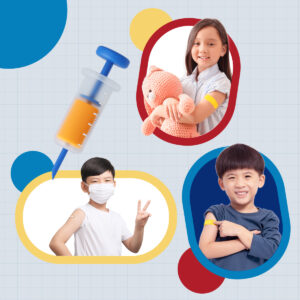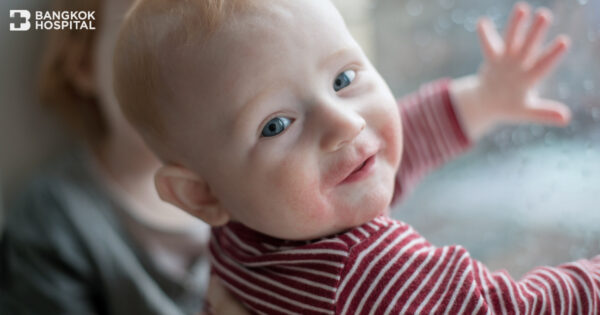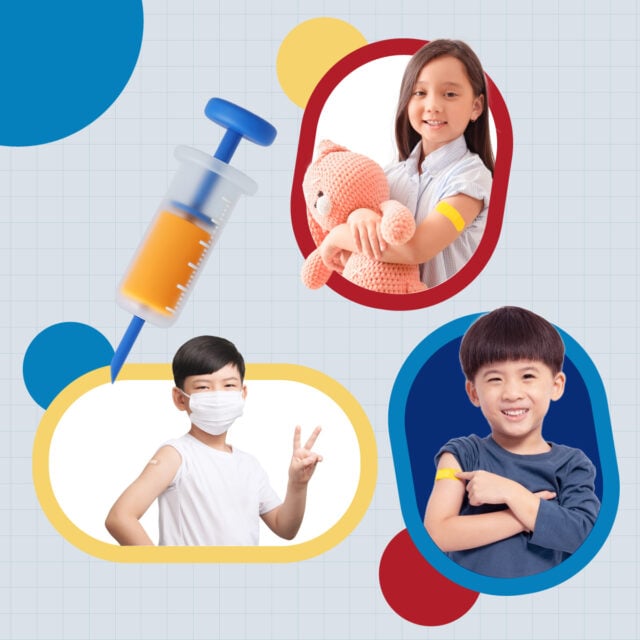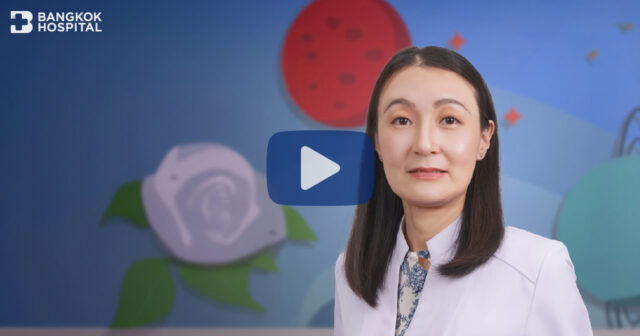Dermatitis, or better known as allergic rash or skin inflammation, can affect both adults and children, but especially in babies younger than 1 year old. This condition should be treated right away before it becomes a chronic problem. The faster the specialist takes care of it, the faster it is to heal completely. And the babies will be happy on their way to progress their development.
Understanding Atopic Dermatitis
Atopic Dermatitis occurs when the skin loses water due to structural abnormality. The dehydrated skin then becomes inflamed easily. The symptoms range from acute, sub-acute to chronic. Toddlers in each age group will have different symptoms. If younger than 2 years old, the inflammation may occur around cheek, forehead, neck, arm, outer lower limbs, wrists, and ankles, while older children will experience symptoms in the arm and knee folds, leg, feet and ankles. If the symptoms appear when they are older, it will be hard to cure.
The Tell – All Symptoms
If your little one has any of the following symptoms, it may be signs of atopic dermatitis:
- Skin rash and itchiness
- Rashes on various parts of the body according to age groups i.e. for babies – cheeks, forehead, neck, arm and outer leg, wrists and ankles; older kids and adults – arm and leg folds.
- Chronic dermatitis comes and goes.
- Family history of these allergies may increase the risk:
- Allergic Rhinitis
- Atopic Dermatitis
- Asthma
Your child may not have all the symptoms of atopic dermatitis, but most likely, it may manifest as: rashes around the outer joint for babies, and inner joint for older children; rashes that come and go; family history or any immediate family member with allergies combined with dry skin around the lips, dark circles around the eyes; perifollicular accentuation (chicken skin-like); and chapped, cracked and flakey skin during the winter which may occur in some areas or all over the body. If any of these do appear, it is best to seek consultation from a specialist.
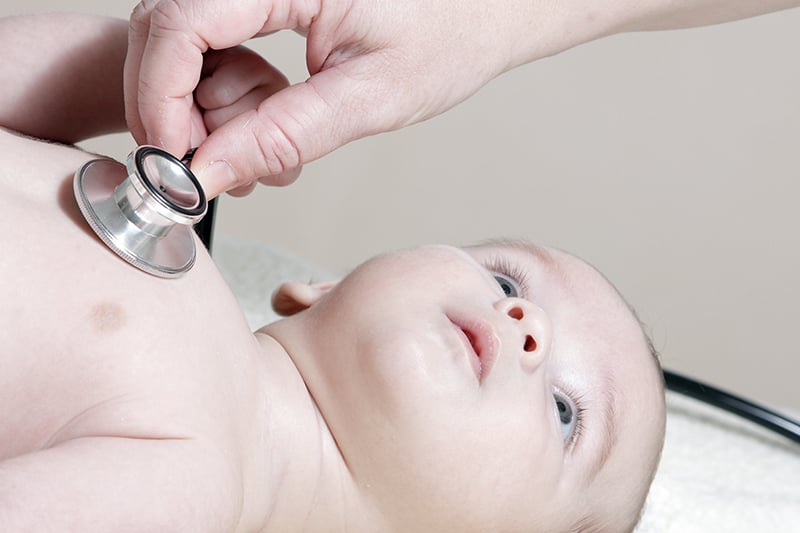
How to Test Dermatitis in Children
If you suspect that your child may have atopic dermatitis, please consult pediatric specialist immediately. The doctor will consider the nature of the rash occurring in different areas and take a detailed history to determine the right treatment since there are many types of dermatitis, such as atomic dermatitis, seborrheic dermatitis, psoriasis, skin infection, etc.
How to Treat Dermatitis in Children
There are 3 methods as following:
- Basic Skin Care: The doctor will teach you how to apply the cream and how to properly care for the skin while helping to select soap and how to take a bath properly to reduce risk of dry skin.
- Topical Medication: The doctor will prescribe the right cream or ointment that is suitable for area of the body and severity of the inflammation as well as how to apply it correctly.
- Oral Medication: This will help reduce itchiness. Patients are advised not to buy medicine on their own as it may not be suitable for the condition leading to worsened outcome.
Aside from dermatitis, children may also have food allergies which can be found with other symptoms, such as wheezing and having blood in the stool. In this case, doctor will ask for history of food intake to treat the symptoms and the severity.
No matter what, it is important to monitor the symptoms and peculiar skin condition in your child. If the rash comes and goes but disturbs his/her daily routine, you should seek advice from specialist to determine the root cause and follow – up closely. The doctor will advise you how take care of your child’s skin properly. So, your loved one will be completely healed.



